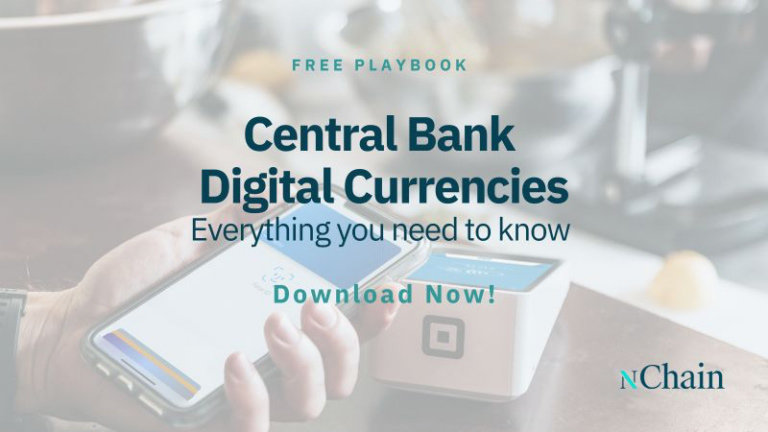During the Global Blockchain Summit in Bataan, Philippines, Gareth Roberts, Product Manager of nChain, introduced the audience to the concept of Central Bank Digital Currency (CBDC) with his talk ‘CBDC – a primer and discussion of blockchain’s role’.
He sees it as a tool with great potential for global financial inclusion. He explores the various use cases for CBDC, looks at the current state of research and development, and argues for the use of a truly scalable blockchain as the foundation for CBDC.
The wider context of Central Bank Digital Currency
Roberts notes that CBDC is a rapidly growing topic of discussion in the financial industry. According to a Google Trends graph, interest in CBDC has significantly increased since 2020 and continues to rise. He mentions briefly that CBDCs operate in the traditional monetary system, comparable to cash and bank deposit money. In essence, it can be described as a digital form of central bank money. Theoretically, it is always available, but he mentions that bank deposit money can lead to financial problems in rare cases, such as the 2008 financial crash.
He moves on to say that CBDC is a term that is not well-defined yet, according to the Bank of International Settlements. However, it is generally understood to refer to a new form of central bank money that is a digital liability of the central bank, meaning that the government can issue an electronic token that is guaranteed in the same way as physical cash.
The advantages of CBDC over cash and traditional electronic money
CBDC has the positive qualities of all types of money, it can be used for micropayments, online service payments and it’s always available. Some of the potential use cases for CBDC include:
- Financial inclusion
- Bringing unbanked people into the financial system
- Transparency in financial practices
- Promoting investor confidence
- Improving the payments process
- Maintaining privacy
- Taxation
Roberts sees CBDC’s bringing tremendous innovation, especially in the financial services sector and opening opportunities for small start-ups to provide services on a unified API layer of money.
BSV Blockchain as the ideal fundament for CBDC
Going into more detail about how to realise this technology, Roberts argues that the BSV Blockchain is best suited for CBDCs as a globally scalable solution. He cites the ‘Byzantine general problem’ as a key issue in creating a financial network that multiple actors can trust and agree upon, which is solved by Bitcoin.
BSV meets a number of other requirements for a CBDC, such as providing access to central bank money, financial resilience, improved payment methods, financial inclusion, privacy, and facilitating fiscal transfers.
Bitcoin allows for the holding of tokens by individuals without the need for a custodian, and that the blockchain network is extremely resilient, having not gone down for 11 years. He also suggests that Bitcoin can improve cross-border payments by providing a single source of truth that multiple organisations can reference.
The CBDC solutions nChain is working on will first and foremost be oriented to regulatory requirements.
The Ultimate Guide to CBDCs (eBook)

During his talk, Roberts also pointed to an eBook from nChain that provides a more in-depth discussion of CBDCs. You can download nChain’s CBDC playbook over here.
